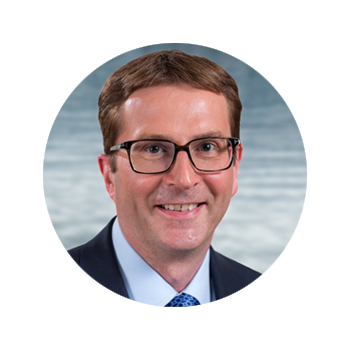Earlier this month, the Department for Work and Pensions released a consultation paper on increases to the pensions general levy, and it makes worrying reading for anyone involved in small self-administered schemes.
The levy is how the DWP gets reimbursed for the funding it provides to The Pensions Regulator, the Pensions Ombudsman and the pensions-related side of the Money and Pensions Service, and it is payable by trustees of occupational and personal pension schemes.
The DWP says the levy has to increase because of the growing range of activities carried out by these bodies. This has led to a deficit in funding, for which the taxpayer is currently footing the bill.
The paper sets out three options:
- Continue with current levy structure and rates.
- Retain the current levy structure but increase rates by 6.5 per cent a year for all schemes.
- Increase rates for all schemes by 4 per cent a year and an additional premium of £10,000 from April 2026 for schemes with fewer than 10,000 members.
The first option would see the taxpayer continue to pick up the tab. According to the DWP’s projections, the second and third options would clear the deficit by 2030-31.
Of the three options, the DWP is clear in the report that it prefers the third option. There is no carve-out for Ssas, so your average Ssas would see an increase in regulatory fees from £44 a year to £10,049 by 2026.
It’s not hard to read between the lines here.
Back in 2017, Andrew Warwick-Thompson, then-executive director for regulatory policy at TPR, advocated in a blog on the TPR website that no new Ssas should be registered and that transfers to Ssas should be blocked. This was in the context of transfer scams.
That issue has been greatly helped by the new DWP transfer regulations introduced in November 2021, and now the concerns have moved on to governance standards, knowledge of pensions, and compliance levels – all of which TPR says is lower in Ssas than it should be.
TPR says this was illustrated in the results of its defined contribution schemes survey, the findings for which were released in July 2023.
In the report, it also highlighted shortcomings in areas such as value for money and lack of action on climate change.
And now this new preferred funding option, which is clearly targeting Ssas – the consultation paper acknowledges that most schemes with fewer than 10,000 members are Ssas.
However, all of this spectacularly fails to recognise the nature and purpose of a Ssas. What is more, it is a very narrow, one-size-fits-all view of what an occupational pension scheme should do.
A Ssas is not something you stumble into, and it takes much thought and planning.
As of December 31 2022, there were 26,990 schemes registered with TPR, of which between 21,100 and 24,360 were Ssas.
Its data suggests there are around 73,000 members in Ssas that are subject to TPR regulation (single-member Ssas are not required to register or pay the levy).
So that’s 73,000 directors of small to medium-sized businesses who are highly engaged with their pensions and who could soon be funding extra regulatory support for the tens of millions of unengaged members in auto-enrolment schemes who cannot even tell you what fund they’re invested in.







